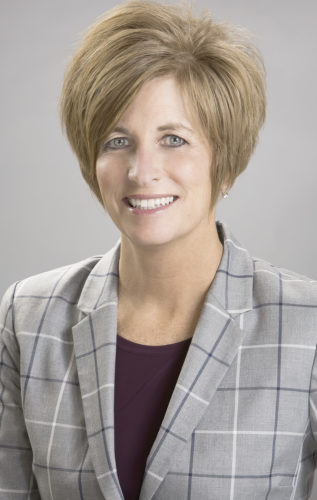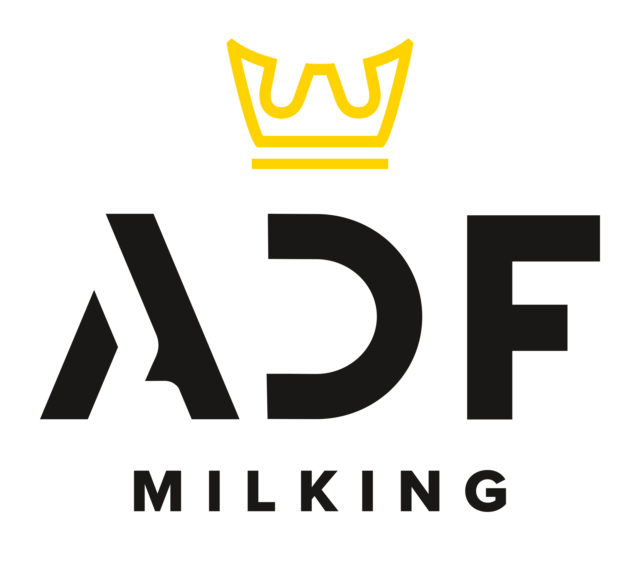The consumer landscape will continue to change and evolve when it comes to food. This is a fact dairy producers and agriculturists in general have recognized and addressed for years. According to associate professor Mike von Massow from the University of Guelph, people in Canada feel relatively good about the food produced in the provinces and, more importantly, they love their farmers. Von Massow, a leader in the agriculture food industry, shares several key pieces to assist innovative dairy producers as they market their product and look to new food opportunities into the year 2030.
What’s the latest information on consumers?
- As more and more generations become removed from the farm altogether, consumers are less aware of where food comes from and how it is produced.
- If dairy farmers aren’t talking, food buyers are most likely listening to the wrong people.
- Dairy farmers need to be willing to listen to consumers and what they are looking for in their nutrition.
- While there has been a decline in dairy consumption per person, the increase in the population of Canada has offset the decline.
- Perhaps most important for dairy producers to accept is: Sometimes, no matter the research, consumers are not going to accept the science behind the product.
- There is no “the consumer” anymore – everyone wants their own variety, a favourite brand, flavour, colour, ingredients, and the list goes on. Just look at any bread or yogurt section in a grocery store – it’s what the consumer wants that is offered and sells.
- While some may feel there is over-labeling of food products, consumers want to know what is in their food and are looking for more labels to guide them.
Steps for successful information sharing
By the year 2030, consumers will be even more aware of what they want in their food. They will want more choices, and they will care more about where their food comes from. The role of dairy producers will be to stay ahead of that information need. In the coming years, there will be a need for each and every dairy farmer to tell their story. Here are some strategies offered by von Massow:
- First and foremost, meet the consumer where they are. Share stories of the farm. Focus on the cleanliness, the content cows, the cozy calf hutches, the family who works together – the list goes on – share those great stories on social media, at your family and social gatherings and with your politicians.
- Focus on corporate commitments from organizations such as McDonalds, Land O’Lakes and more. These companies are committed to providing consumers with healthy food – share that commitment with people.
- Remember that consumers are very aware of sustainability issues and are willing to pay for products raised in environmentally sustainable environments.
- Consumers will hold agriculture producers and policy-makers alike accountable for how they produce their products.
Everyone hears the same story differently, so it is important to share a positive story. Make sure every “view” you are giving a consumer is a bright one. The physical view of your dairy, your appearance as you share your story on social media, the story of your family farm are key to consumer appreciation for your product. Work with your cooperatives for attractive labeling and product information, work with policy-makers as they dictate that labeling. Encourage politicians and educators to teach children the art of preparing food at home through classes at school. Make a solid commitment to build trust with consumers today and every day in the future to ensure strong dairy consumption for years to come.










